The global vaping industry changes at a blistering pace, but you can count on us to keep you up to speed. This week, more restrictions on vapour products were tabled in Canada and Washington D.C, while the Global Forum on Nicotine looks to the future of tobacco harm reduction.
Canada to restrict the majority of flavoured vape products in 2022
Over the past decade, Canada has become one of the largest markets for vapour products and overall, Canadian legislators have been more supportive of next-generation nicotine than their U.S. counterparts. This now appears to be changing.
On May 23, 2018, the Canadian government enacted the Tobacco and Vaping Products Act (TVPA). This legislation set clear standards on prohibited ingredients, packaging and advertising of vapour products, to ensure product safety and reduce the risk of vapour products appealing to underage users.
Although the TVPA did result in some changes to vapour products, overall, the legislation did not have a hugely negative impact on the Canadian vaping industry and the tobacco harm reduction it was able to accomplish.
Last December, Health Canada proposed a new limit to the nicotine strength of vaping products to 20mg/ml (2%). The proposal faced pushback from vapers during the public consultation period but despite this, the new rule will be finalised and take effect July 8 2021. Vape retailers will have until July 23, 2021, to clear any remaining stock that exceeds the new nicotine limit.
On June 19 2021, “Order Amending Schedules 2 and 3 to the Tobacco and Vaping Products Act (Flavours)” was published in the Canada Gazette. The draft regulations would prohibit most flavoured vape products, with the supposed goal of preventing youth uptake of vaping.
Unlike similar legislation in other parts of the world, this amendment to the TVPA would not simply ban “characterising” flavours but would specify which ingredients are allowed to be used and prohibit all others.
If everything goes ahead as planned, this new set of amendments would come into force at some point in January 2022.
Despite the complexity and length of the draft legislation, reaction from vapers and tobacco harm reduction advocates has already been widespread. Many have pointed to the importance of flavours among adult vapers who have entirely quit smoking.
Many are concerned about language within the draft legislation, which suggests that tobacco harm reduction is not the primary goal:
“The total profit loss to the vaping industry that also manufactures tobacco products may be mitigated by the substitution of tobacco purchases from dual users who would go back to smoking and adults who smoke who would continue to smoke instead of switching to tobacco- or mint/menthol-flavoured vaping products.”
“Measures to limit flavours in vaping products to reduce their appeal to youth may also make these products less attractive to people who either vape as an alternative to cigarettes or to stay abstinent from smoking. Adults who successfully quit smoking with vaping products often cite flavours as important in breaking the link with smoking.”
With Health Canada apparently understanding that flavours are important to adult smokers but implying that increased tobacco sales would mitigate the loss of profits, some advocates of tobacco harm reduction have been left confused as to the true motives of the new amendments.
For now, we will have to wait for further explanation and debate on the matter, but if these new amendments come into effect as planned, vaping in Canada will be completely changed next year.
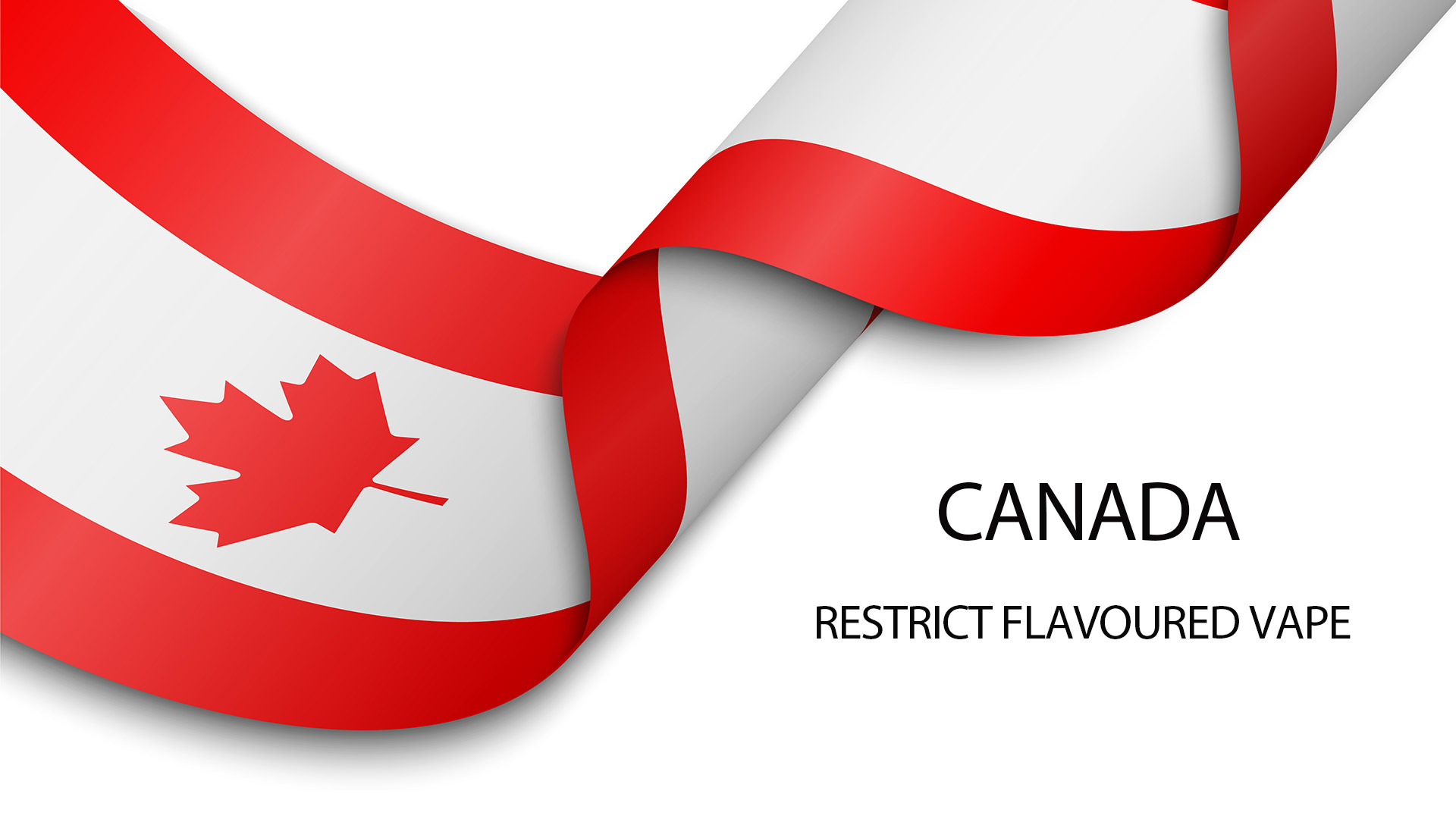
Washington D.C to prohibit flavoured vapes
On Tuesday, June 15, The District of Columbia Council voted to prohibit the sale of flavoured vaping and tobacco products (including menthol cigarettes and cigars).
The bill will be voted on a second time Tuesday, June 29, but it is expected to pass this stage without significant change. After the second vote, the bill must be approved by the mayor, and pass a 30-day congressional review period before the law takes effect.
The bill also covers synthetic nicotine products, which have, at times, been suggested as a way of side-stepping legislation which restricts “tobacco products” in the U.S. Since synthetic nicotine products are covered by the bill, it would appear that other next-generation nicotine products, such as pouches, will be affected by the flavour ban.
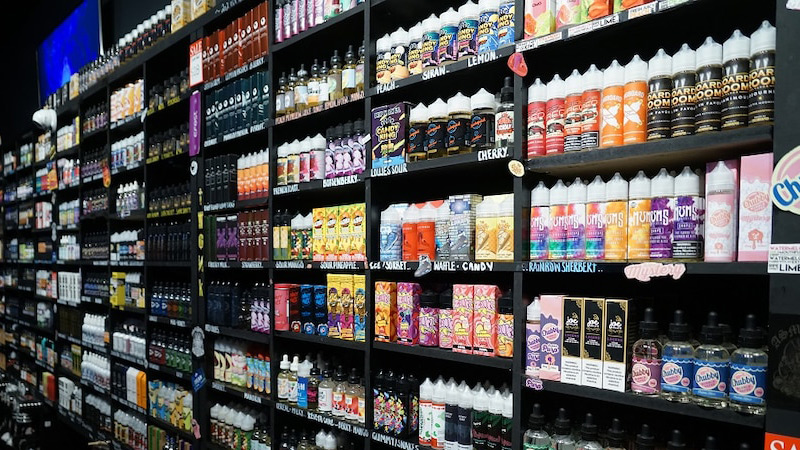
Global Forum on Nicotine 2021 highlights
The eighth annual Global Forum on Nicotine took place on 17 and 18 June 2021. It featured a huge number of experts from a diverse range of fields, discussing everything from the basics of tobacco harm reduction to the relationship between science and policy.
Simply put, there is a massive amount of content to enjoy, but here are some of our highlights:
Science and Politics: an often fractious relationship – the conference kicked off with a fantastic keynote, featuring Australian MP Fiona Patten. Patten discussed the difficulty of integrating science into sensible policy, highlighting the huge differences in regulations between nations like Australia and the UK.
Science: orthodoxy, challenges and dissent – this discussion panel focused on how conflicts of interest and flaws in modern scientific academia can result in biased research. The panel, consisting of prominent tobacco harm reduction experts, including cardiologist Konstantinos Farsalinos, tackled various topics, including the division between tobacco control and tobacco harm reduction, mainstream media reporting of next-generation nicotine and ignoring consumers when creating policy.
Who uses nicotine and why? – this panel discussion focused on the day-to-day use of nicotine products, and our reasons for doing so, and whether controversial subjects, such as youth uptake, are as concerning as they first appear.
Safer Nicotine Product Regulation: supporting or undermining the end of smoking? – this panel discussion looked at the broad issues of regulating next-generation nicotine products and whether they are helping consumers transition to less harmful ways of using nicotine.

Benedict Jones
I quit smoking in 2013 through vaping and this opened my eyes to the life changing potential of next-generation nicotine. Since 2016, I've been working in the vapour products industry as a writer and marketer, specialised in consumer culture, product development and industry news.

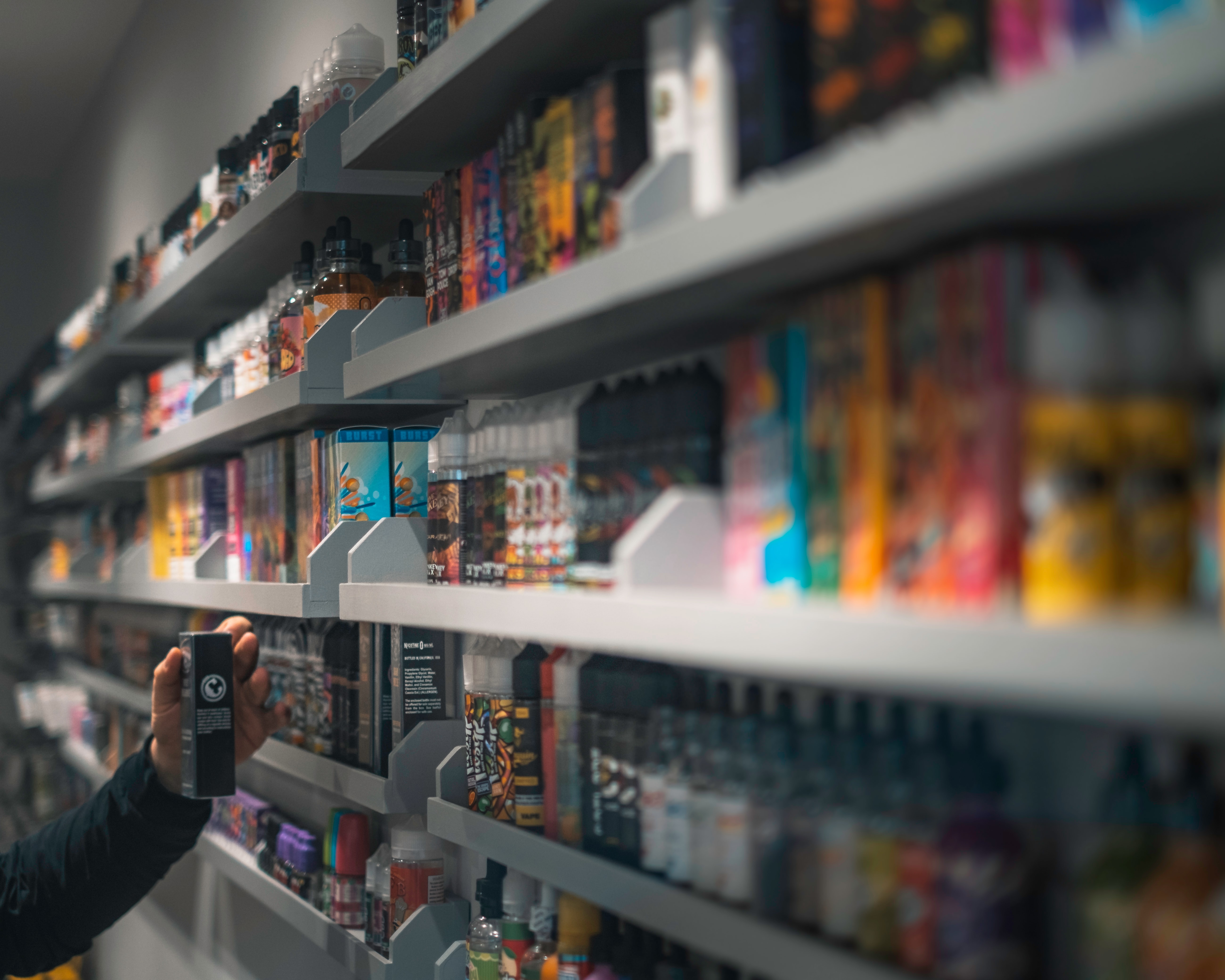
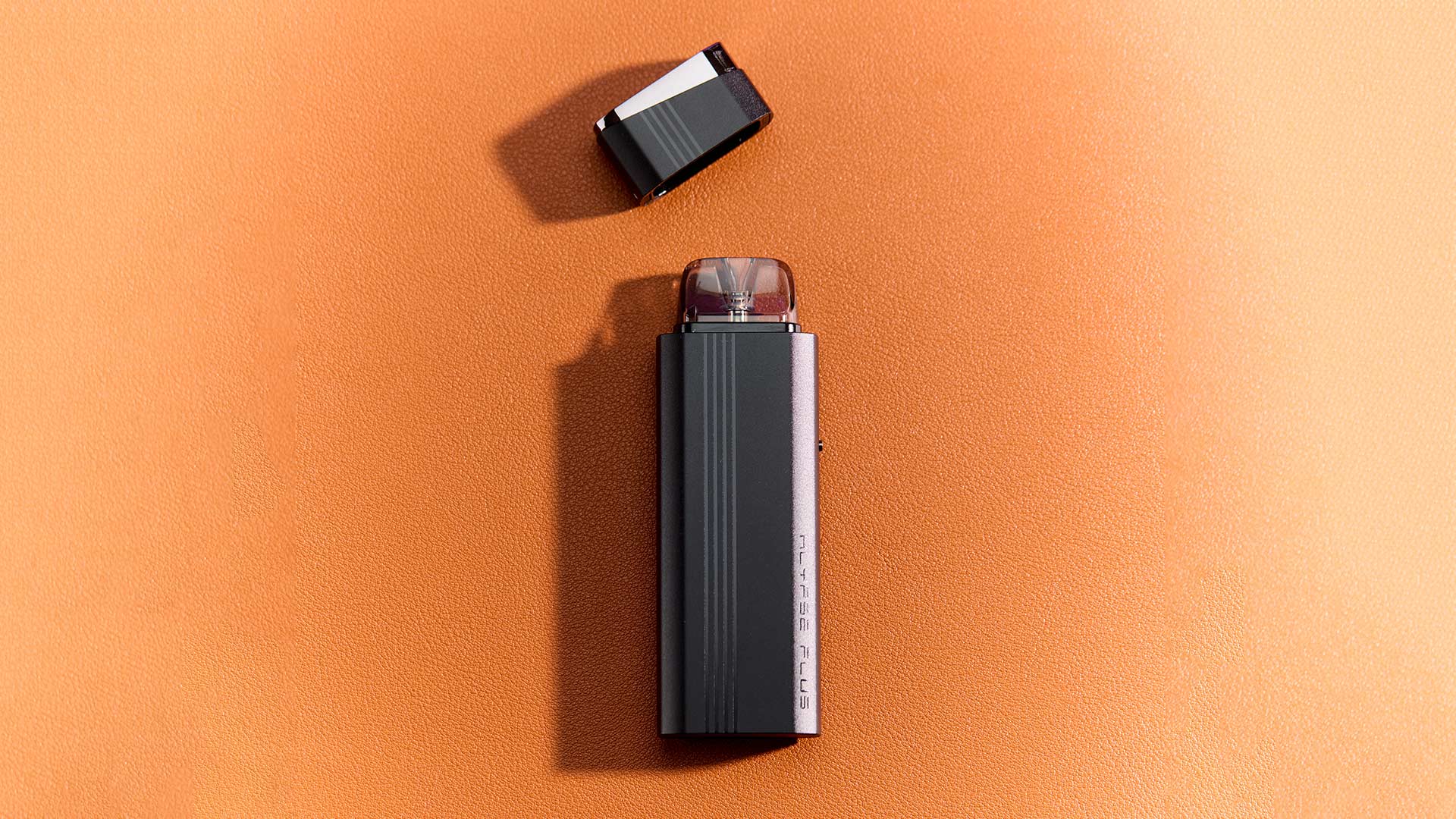

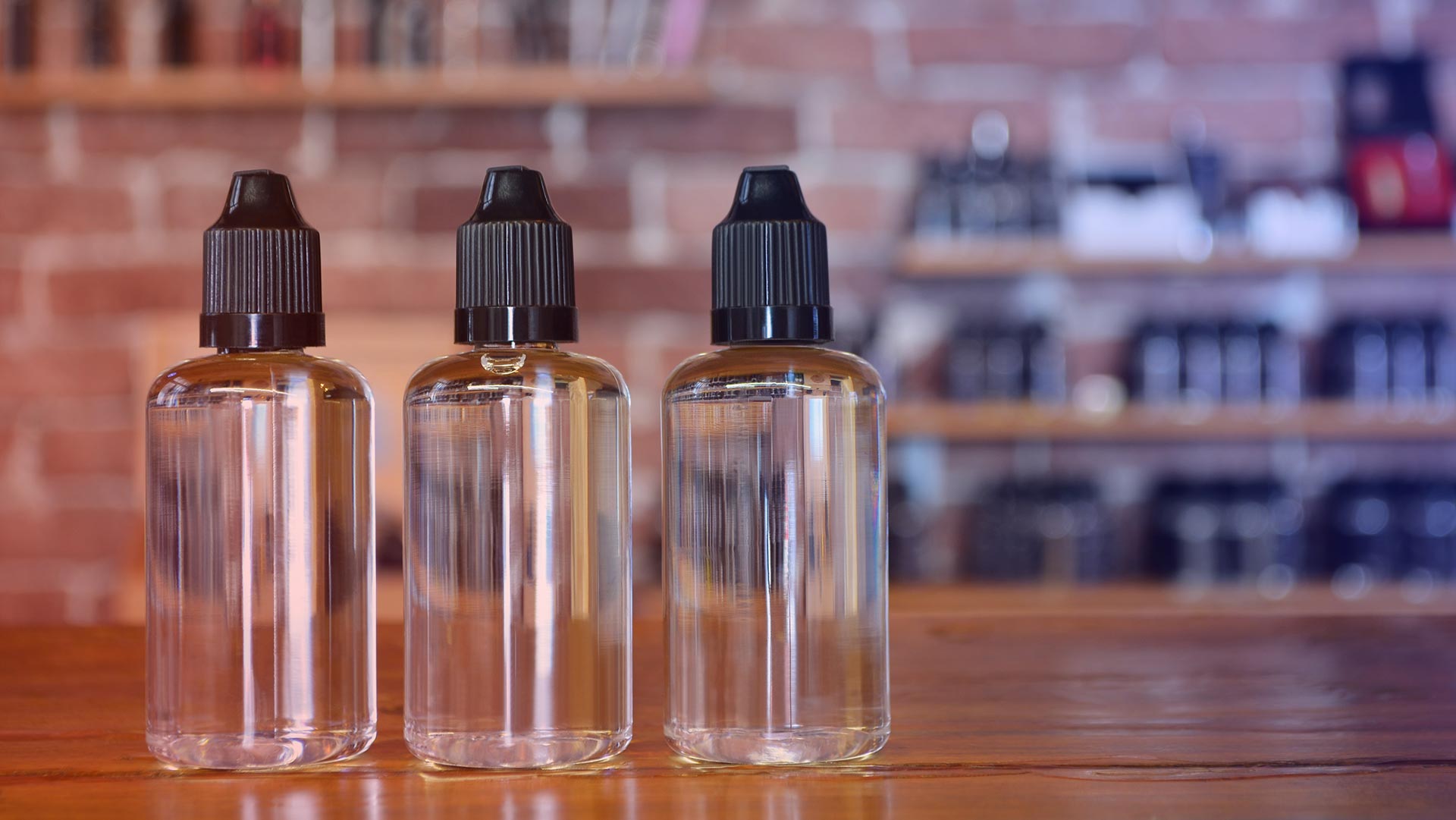
Leave a reply